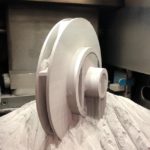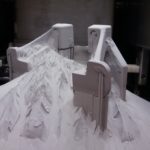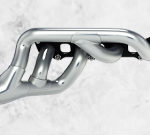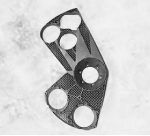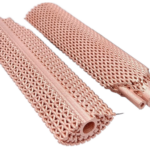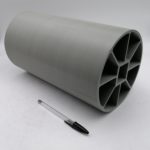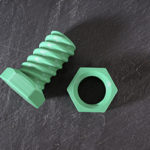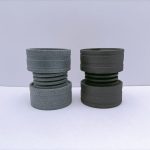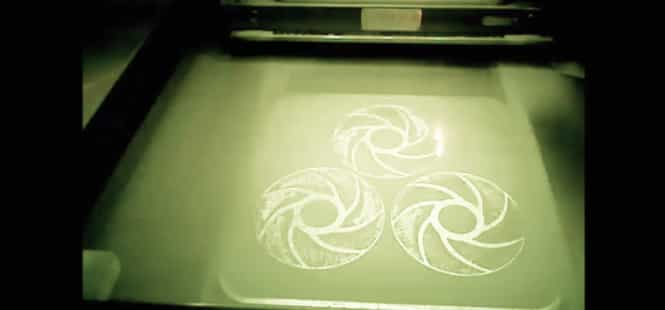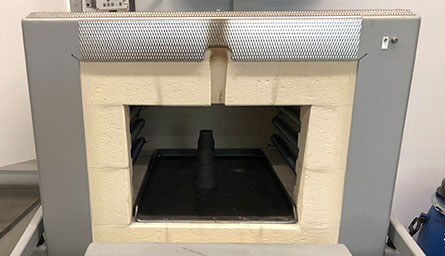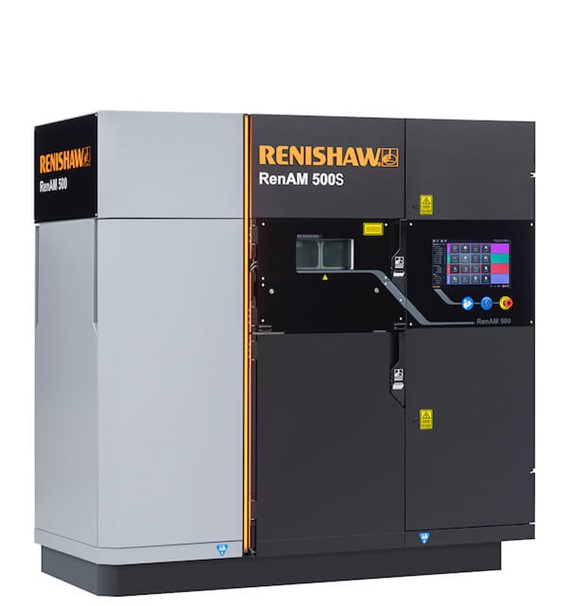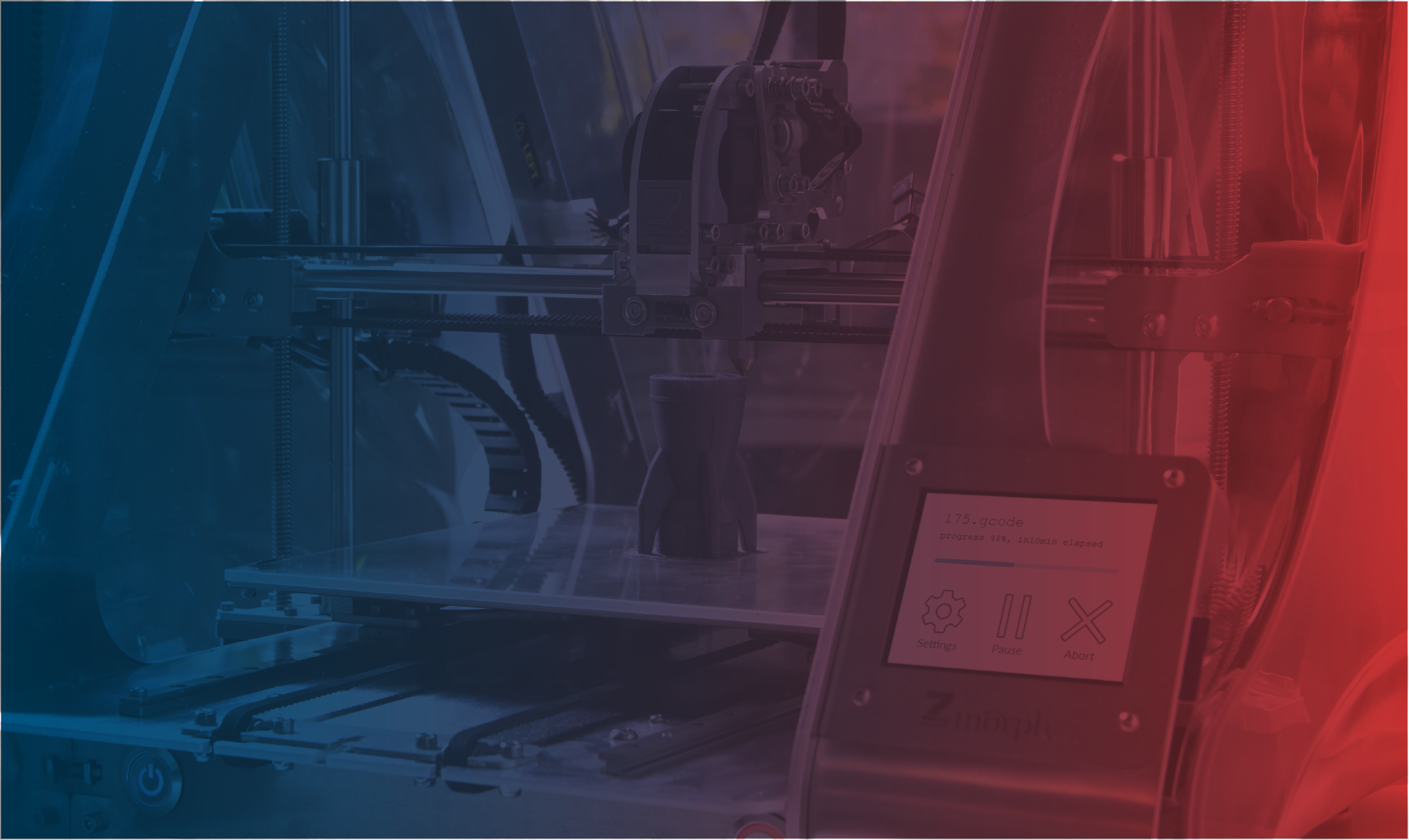
3D printing with Inconel
Inconel 718 is a nickel superalloy that offers exceptional heat resistance, maintaining its structural properties up to 650° C. This superalloy is comprised of 55% nickel, 21% iron, and chrome, as well as other less concentrated elements. The parts printed with Inconel possess a high range or working temperatures (from -250 °C up to 650 °C) meaning that they are used in sectors associated with extreme temperatures, such as turbines, heat exchangers, engines, or cryogenic devices.

